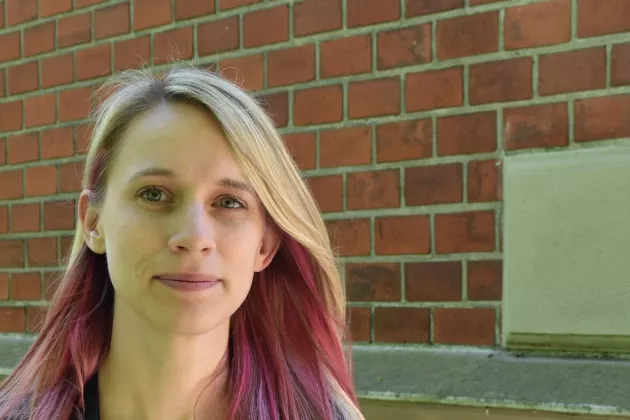Research on vegetation fires, their spatiotemporal patterns, and their links to biophysical as well as political and socio-economic factors in drylands is limited. No large scale, interdisciplinary assessment of fire dynamics have been carried out for the Middle East – a politically complex dryland region where research on social-ecological systems has been limited. Lina's project, "Pyrogeography in Conflict Contexts: Satellite Remote Sensing of Vegetation Fires in the Middle East", will address this research gap by investigating the fire regime, hotspots, and anomalies of vegetation fires across the Middle East over the period 2000-2020 (the “MODIS” era), and how these patterns relate to climate variability.
The project will also map active fires and burn scars at medium to high spatial resolution across the Middle East using a machine learning approach and assess the socio-ecological impacts of vegetation fires at hotspot locations. The aim is to understand how these spatiotemporal patterns of vegetation fires relate to armed conflicts and to study the geopolitical contexts in which vegetation fires occur at local level.
The project takes an interdisciplinary perspective and combines earth observation data with both biophysical, political, and socio-economic data to provide an integrated understanding of vegetation fires in drylands. This will form a foundation for the study of wildfires and other vegetation fires in geopolitically sensitive areas across the world. From a societal perspective, it is important to understand how wildfires spread and what biophysical and political mechanisms prevent their suppression. Knowledge about the conflict-fire nexus, as well as societal effects, is therefore crucial for building resilient societies with high adaptive capacity.
Link to the grant on the Swedish National Space Agency's website





